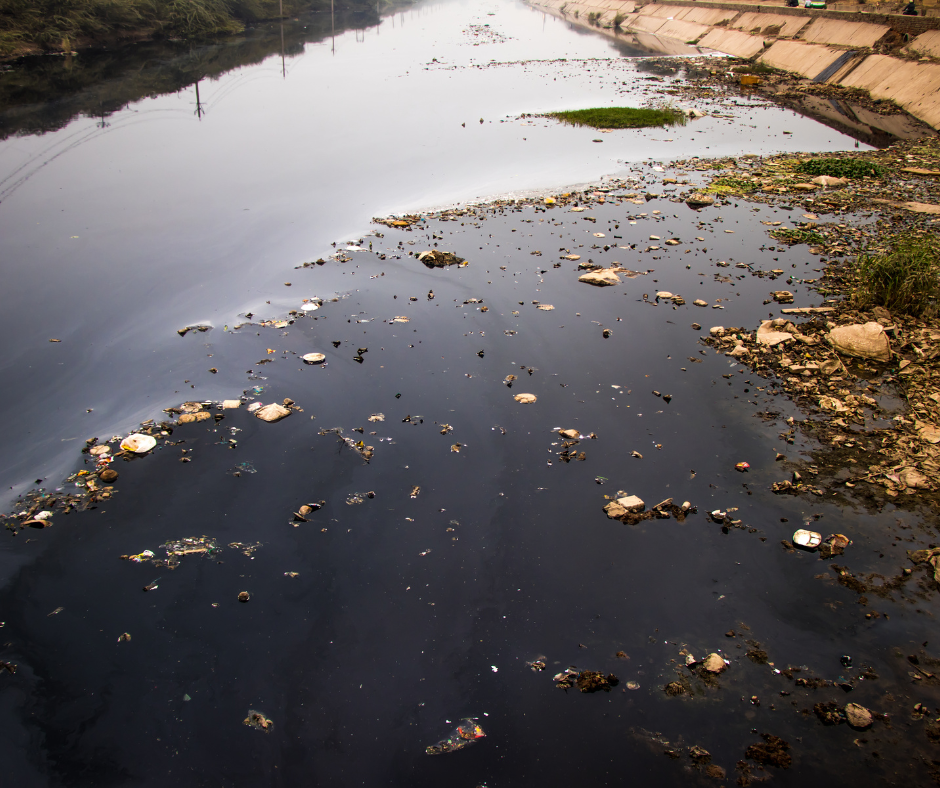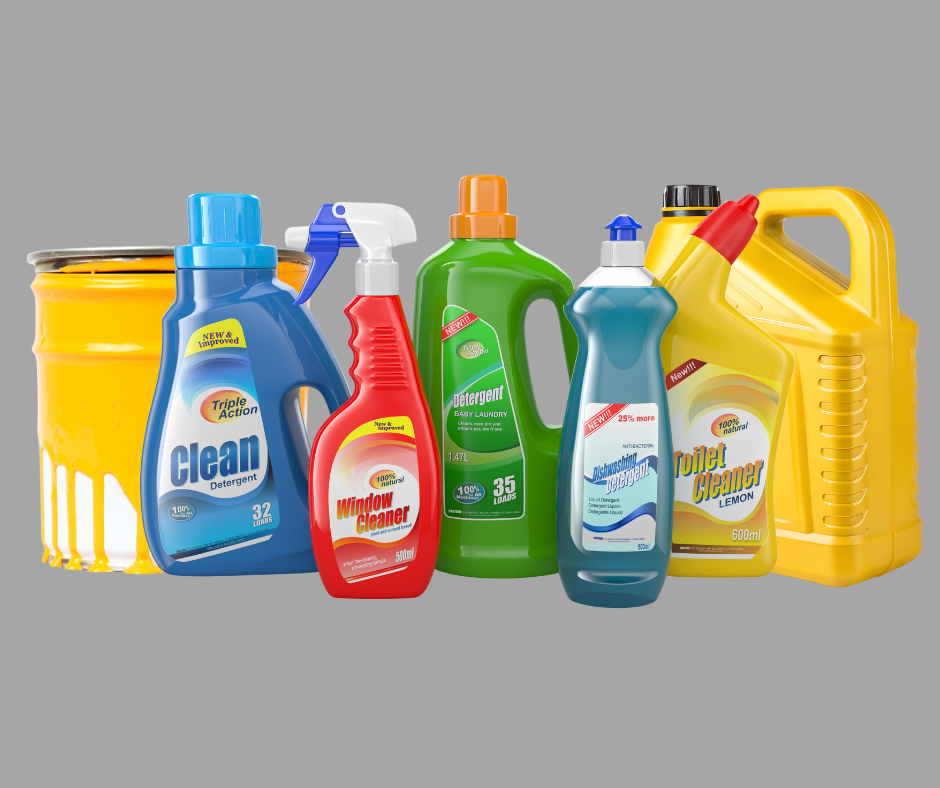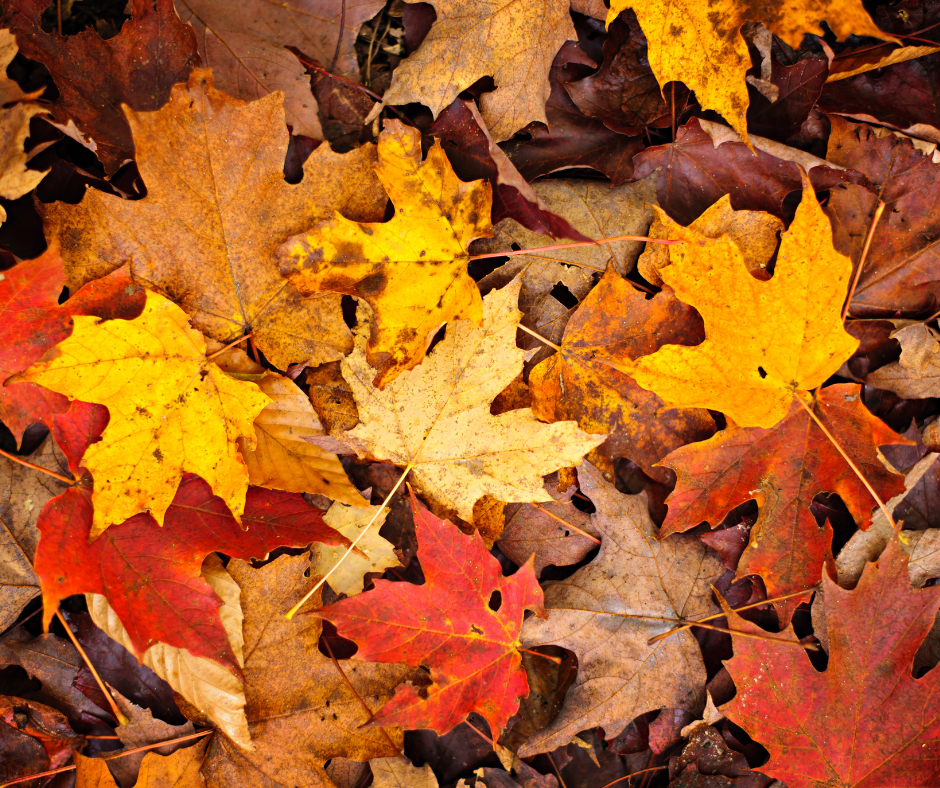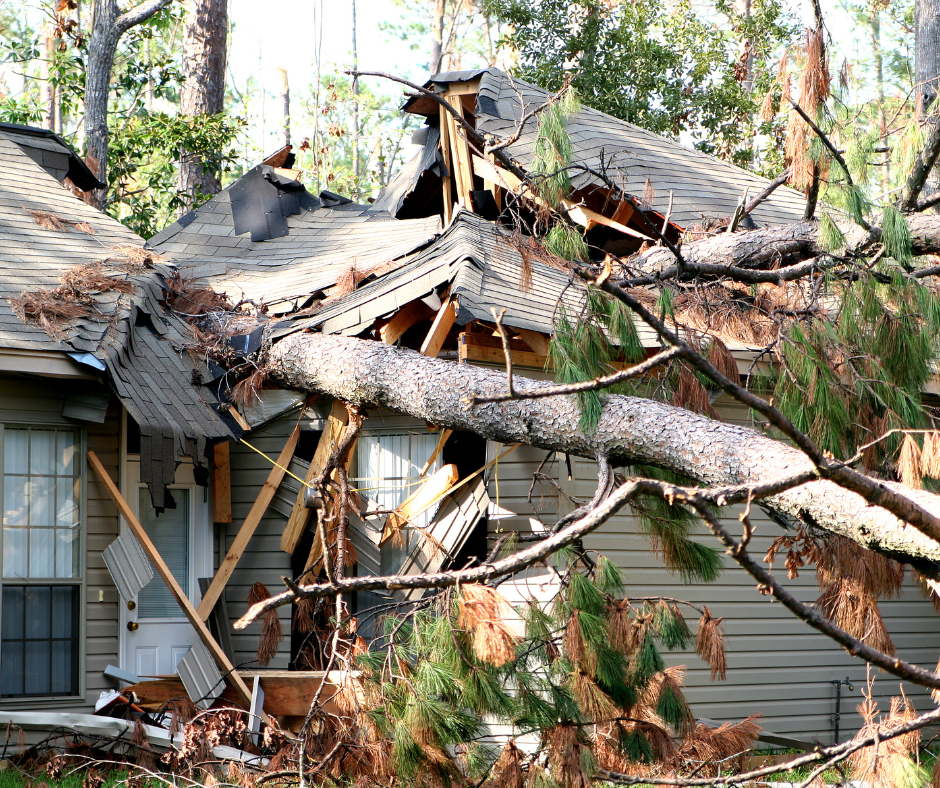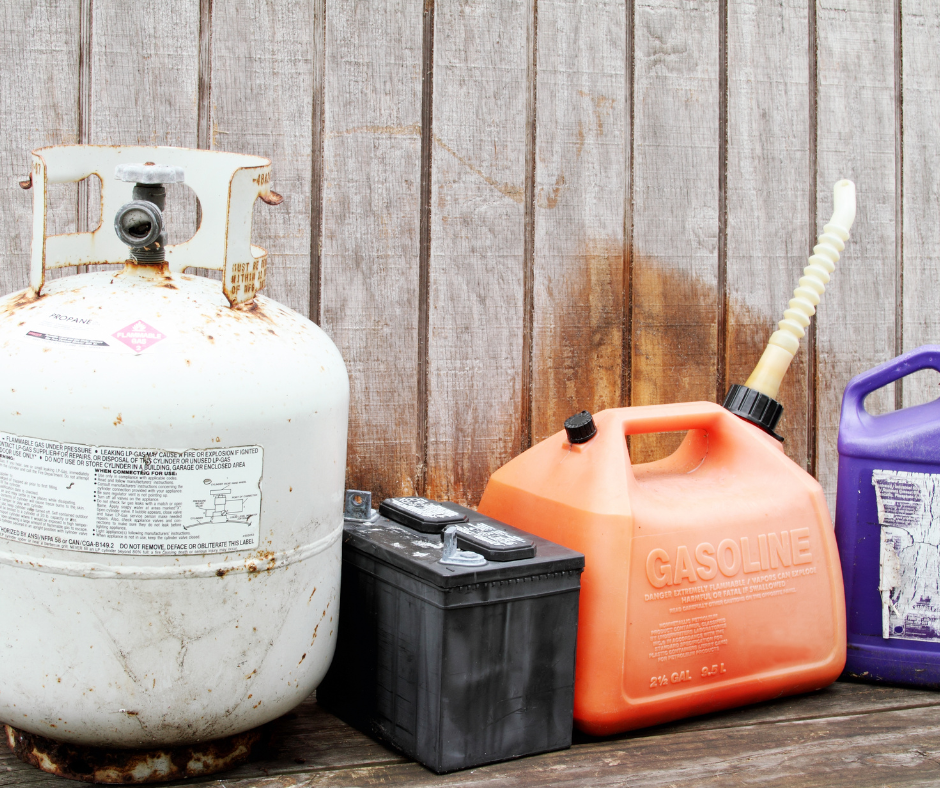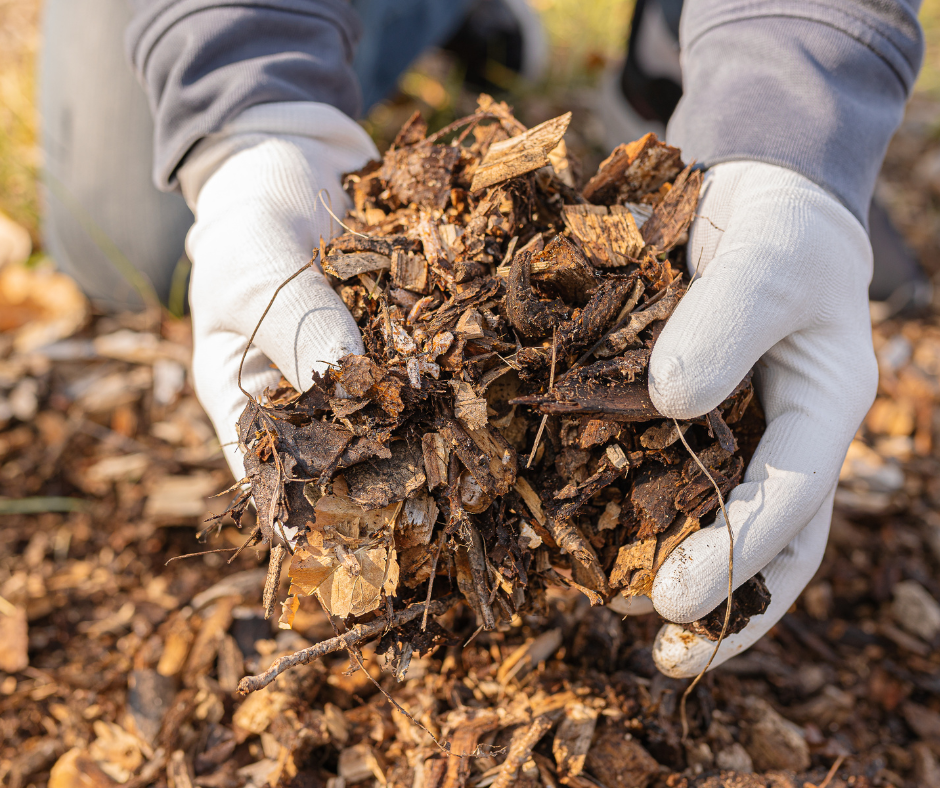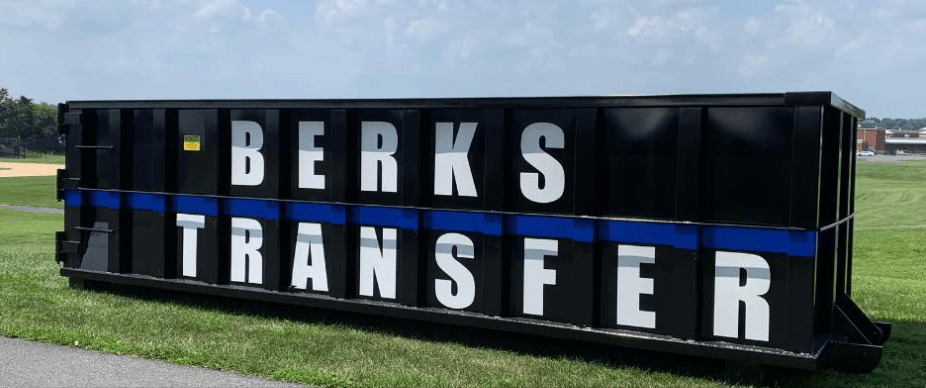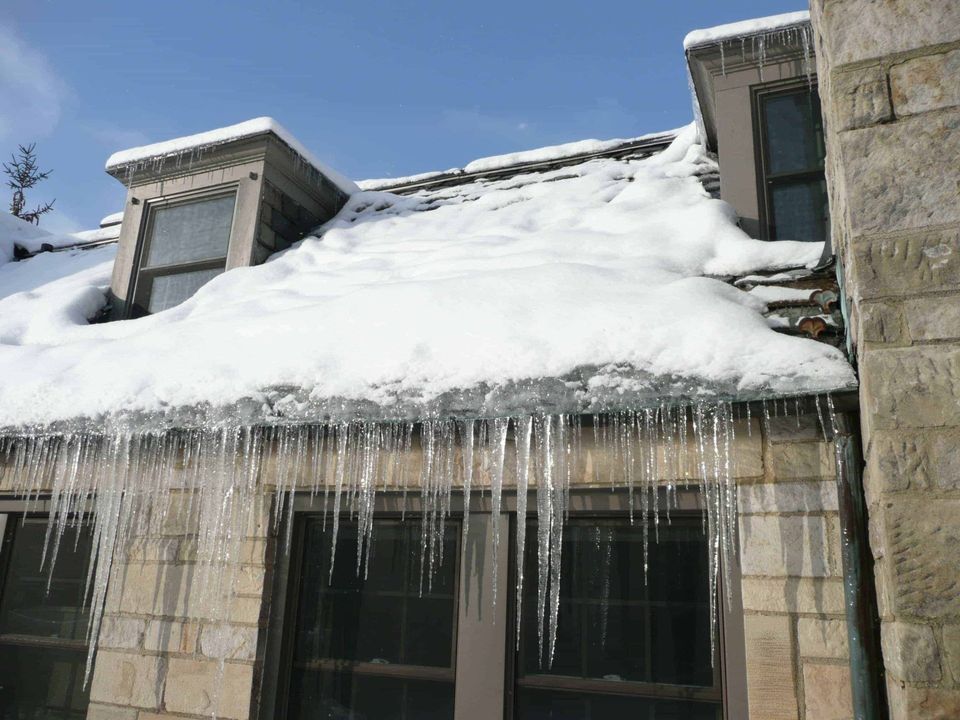
This winter has seen homes and businesses with ice damming. It’s causing a large amount of damage, and even roof collapses. Locally, we’re hearing from several roofers and demolition companies who are getting so busy, they can hardly handle the number of calls coming in.
It’s important to understand what an ice dam is. It’s a ridge that forms at the edge of a roof, preventing melting snow from draining off the roof. The water backs up at the dam, causing damage to walls, ceilings, and insulation. Warm temperatures during the day start the melting process and then things re-freeze overnight, making matters worse.
How to Determine if an Ice Dam on Your Roof Is Causing Issues
First, look for wet spots in the carpeting along the walls and in the outside corners. If water is getting in behind the walls from the roof, it’s a tell-tale spot that helps to identify the problem. Also check windowsills.
Second, check exterior walls. Professionals say ice on siding is a critical sign of ice damming, and must be addressed immediately. Water behind the walls means insulation is being damaged. Water can also collect in/around junction boxes, where electrical wiring may be exposed. It will easily create black mold, even if the leaking is not apparent.
At the very least, call your insurance company to determine if you have coverage for the event; then plan for mitigating the risks going forward.
By keeping gutters clear of leaves and debris, it allows melting snow to drain away from the edge of the roofline (preventing the dam). Ask This Old House has a terrific video on easy ideas to help melt what’s up there without climbing up on roofs or taking drastic measures to minimize the ice in the first place.
Lastly, ensure that chimney’s, vents and exhaust fans all have adequate seals, which keeps warm air away from the roof to prevent further melting. Since air leakage is one of the biggest problems, sealing things properly is the biggest solution.
